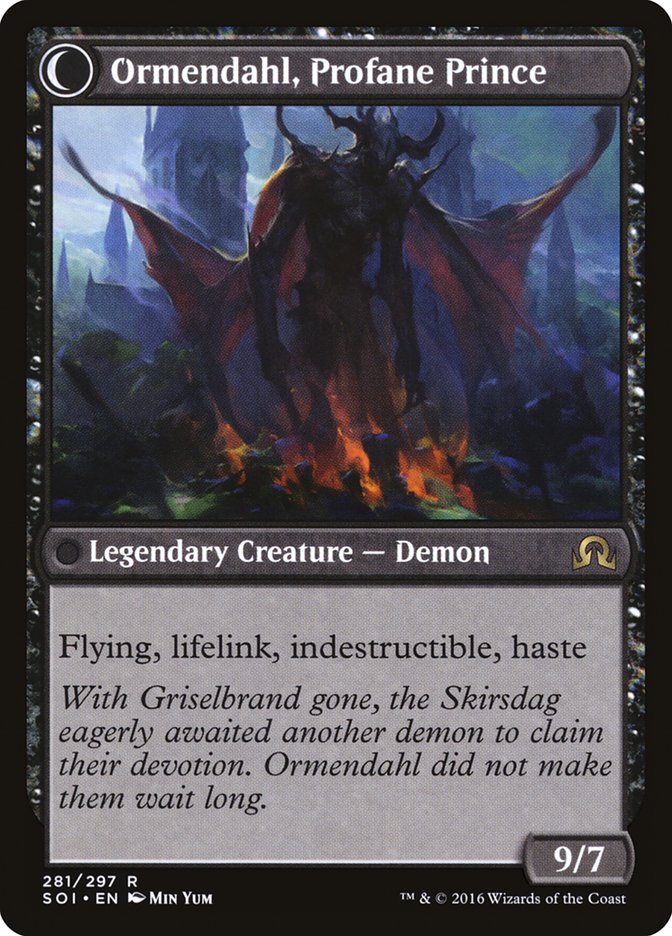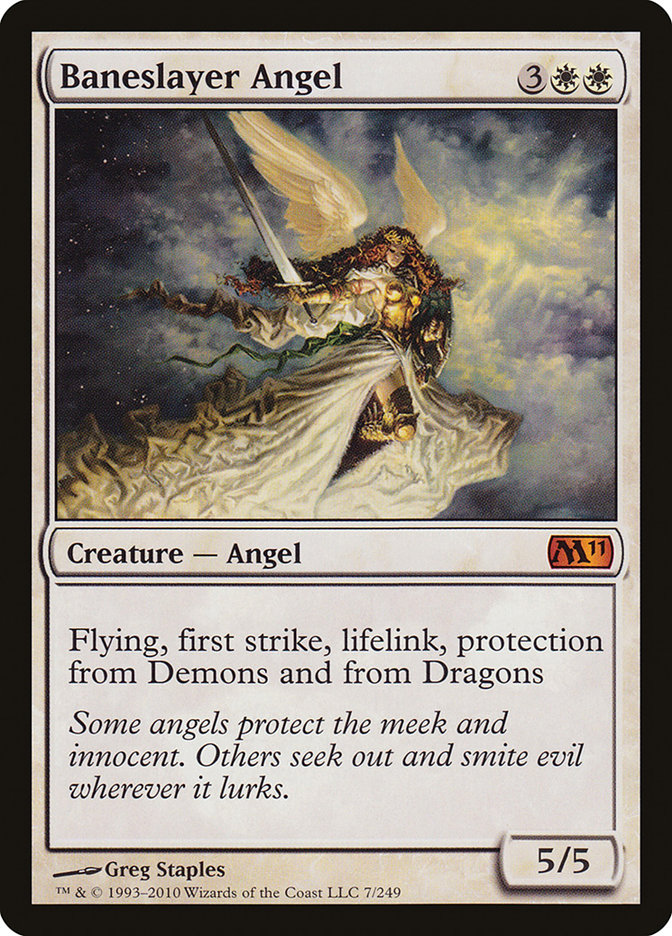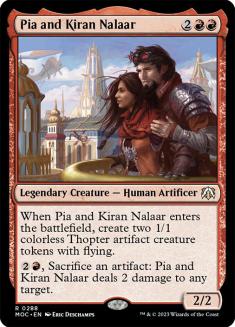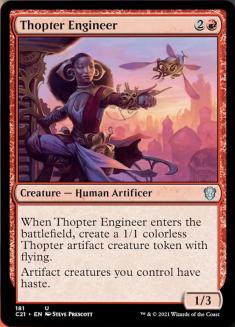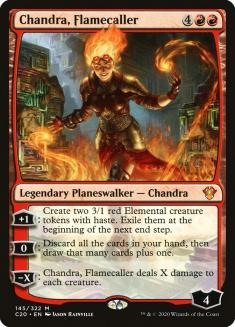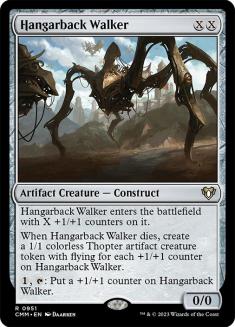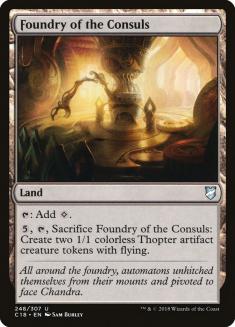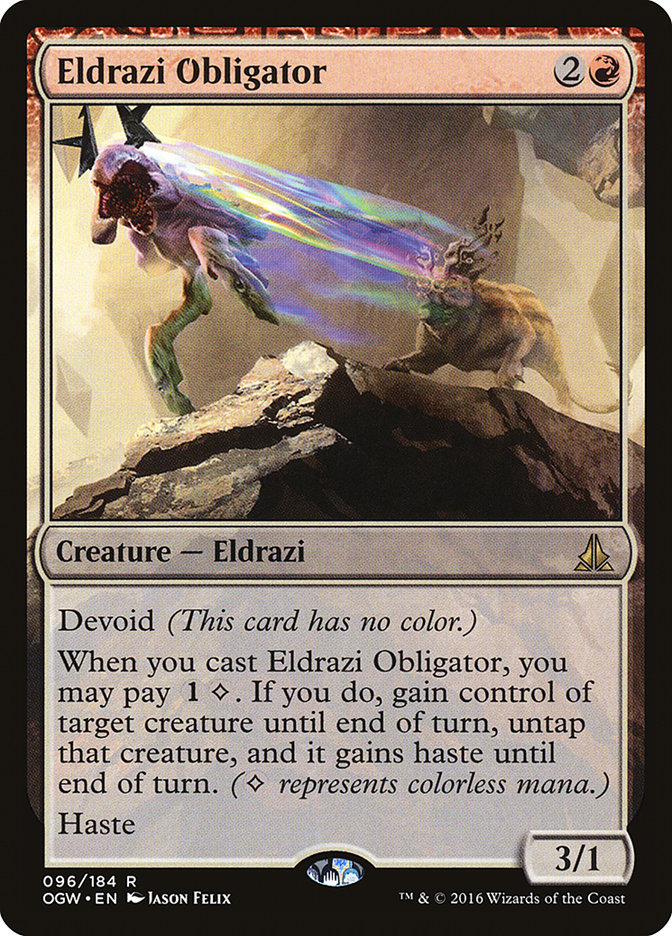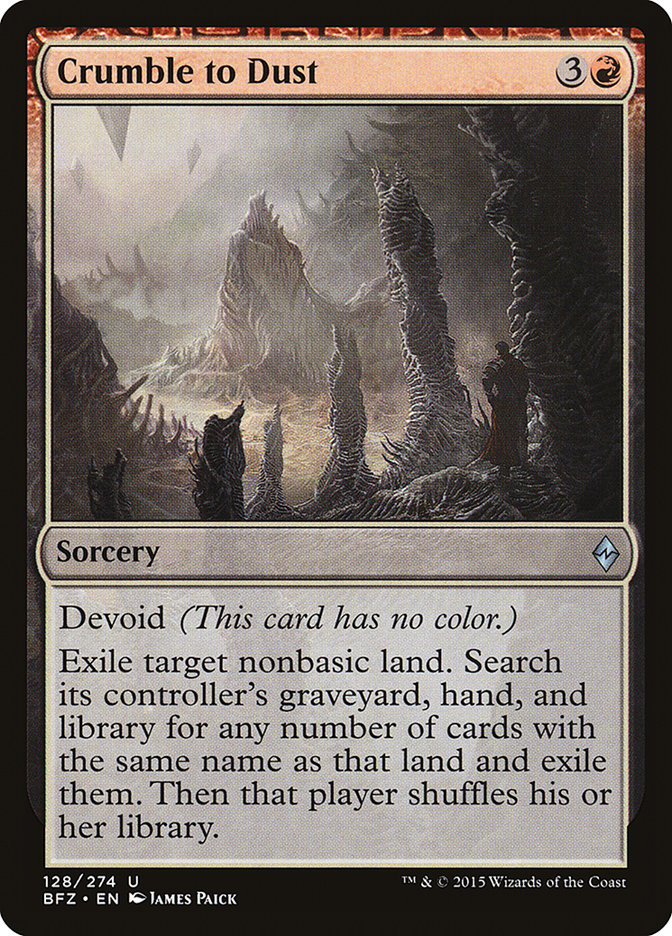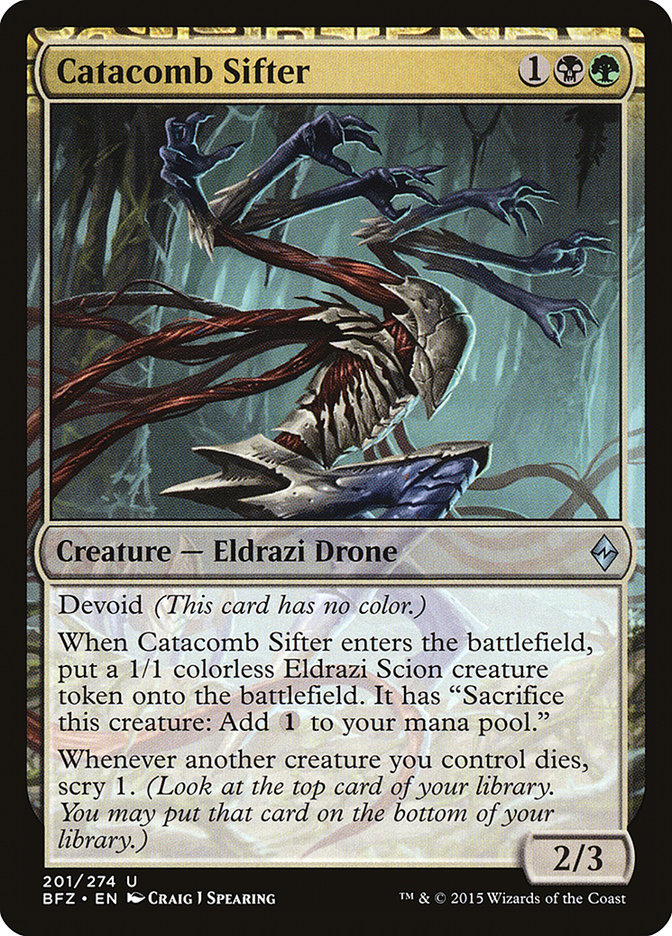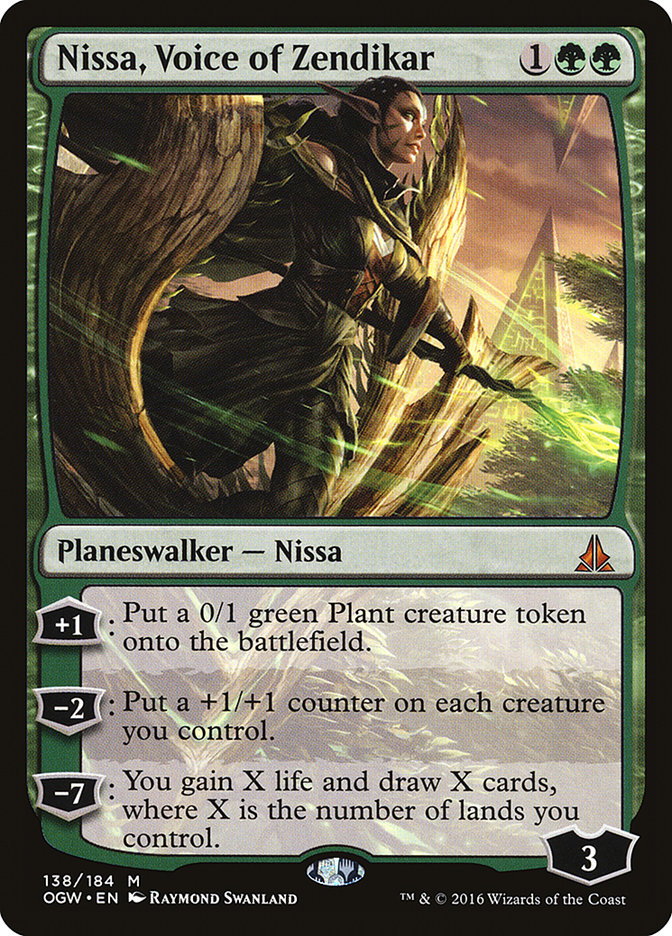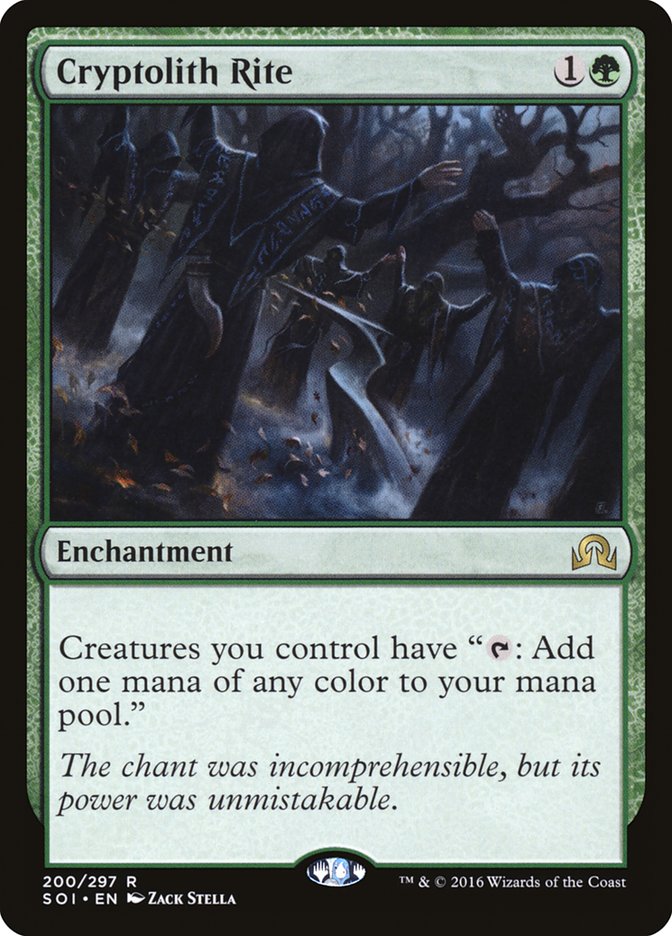Here comes the hot take cannon, ready to dish out another extra helping of hyperbole!
We have a new best card in Standard, everyone! And it isn’t Archangel Avacyn.
Boom.
The full spoiler for Shadows over Innistrad has been out since last Thursday, which means I’ve been hard at work trying to crack this new format open. In my article last week, I finished by discussing Westvale Abbey, one of my favorite cards in the new set. What intrigued me so much about the Abbey initially was its crazy-low deckbuilding cost. You get to put an excellent payoff spell into your deck, but instead of your opportunity cost being a card that could do something earlier in the game, like most finishers, all you had to do was cut a land. This was all before I started playing games of the new format.
Let’s take a closer look at what Ormendahl, Profane Prince has going for it.
Flying, lifelink, haste, indestructible, 9/7. Let’s go over those one at a time.
Good old flying, Evasion is great, no exception here. Ormendahl takes to the skies while your helpless opponent’s puny army can only sit and watch.
Lifelink, when on a big creature, is one of the most powerful evergreen keywords in Magic, especially when paired with a form of evasion like the aforementioned flying. Lifelink basically allows you to completely ignore whatever it is that the puny army from the last paragraph has going on for itself down on the ground. Eighteen-point life swings are pretty powerful.
Haste is a little odd on this card. Since you can easily have the Abeey out for a while before flipping it, the haste often isn’t relevant. What haste does let you do, however, is slowroll your Abbey until the turn you want to fire it off. That way, your opponent will have to keep guessing as to whether or not they will be facing down a giant, game-ending demon soon. You could just not have it, but haste means your opponents will constantly be living in fear, firing off their premium removal spells on your crummy tokens.
Normally indestructible is great, but I’ve found that it is one of the weaker keywords on Ormendahl. The reason? All of the unconditional removal in Standard exiles creatures. The smaller conditional removal like Roast, Spatial Contortion, and Grasp of Darkness isn’t enough to take down Ormendahl anyway, while cards like Declaration in Stone and Stasis Snare get the job done with or without indestructible.
Then there’s 9/7.
Many of you will remember this little number from way back in the day.
Remember how good Baneslayer Angel was in Standard? She was a gigantic flying creature with lifelink that easily ended games quickly with her 5/5 stats and evasion.
A 5/5, eh? Bless your heart, Baneslayer Angel.
Ormendahl is almost twice as big! It almost always ends the game after the second time it attacks. If your opponent has some flying chump blockers, you just bash right into them and kill their blockers while gaining nine life.
Simply put, and this is backed up by my experience playtesting so far, if your opponent doesn’t have a clean answer to Ormendahl, it doesn’t matter what’s going on in the game. You pretty much always win.
Easily.
Welcome to Standard, Ormendahl. I’m looking forward to doing business with you over the next year and a half.
Finding Homes for Westvale Abbey
So there is one big cost to being an Abbey deck in the upcoming Standard format: you need to be able to put five creatures onto the battlefield. Luckily for us, there are several excellent packages in Standard that can accomplish this with relative ease.
First, we’ll look at the already well-established Red Eldrazi deck.
Creatures (26)
- 3 Pia and Kiran Nalaar
- 4 Hangarback Walker
- 4 Thopter Engineer
- 4 Vile Aggregate
- 4 Reality Smasher
- 3 Thought-Knot Seer
- 4 Hedron Crawler
Planeswalkers (4)
Lands (25)
Spells (5)

My buddy Kent took this Red Eldrazi list to a respectable Top 16 finish in the final days of the last Standard format. While the deck arrived a little late to the party for the last Standard, I think we will be seeing quite a bit of it over the next few months. Nearly every important piece of the deck survives rotation, plus Westvale Abbey effortlessly slots into the archetype.
Tapping for only colorless isn’t even a drawback in this deck. We actually were looking for a good colorless land to replace Tomb of the Spirit Dragon, and Westvale Abbey fits the bill perfectly.
As you can see, Mono-Red Eldrazi has no shortage of ways to put lots of little creatures onto the battlefield. Getting to five creatures is very easy. What’s also important is that you can easily win games without the help of Abbey. If your opponent has a ton of exile effects, that’s fine. Just load the battlefield up with lots of little creatures and attack, or make sure the coast is clear first with a Thought-Knot Seer. Or just give them the business with Reality Smasher, Vile Aggregate, and Chandra, Flamecaller. Flexibility and multiple game-plans in your Abbey decks are important, since you don’t want to get hit with a six-for-one.
My biggest concern for Red Eldrazi in the new metagame is the Abbey mirror. Unfortunately, the deck doesn’t have a good way of getting rid of an Ormendahl once it has hit the battlefield. It can block with Thopters and sacrifice them before damage, thanks to Pia and Kiran Nalaar, and out of the sideboard you have access to Eldrazi Obligator and Crumble to Dust. These options aren’t exciting on their own. The tokens can buy you time, but you will need to have a powerful ground force to push back with. At that point, even if you do, they can just use their Prince to play defense instead until they get a way to remove your Pia and Kiran Nalaar.
Eldrazi Obligator can be a powerful, game-ending play. Steal their Prince and bash them for twelve, plus whatever other creatures you have in play. Unfortunately, because Ormendahl has haste, it has already put in one combat step so far, so the opponent’s life total is probably near twenty, if not near 30. If you don’t make a lethal attack with the Obligator, you will be right back in the same hard lock you were in at the beginning of the turn. In order to race an Ormendahl, you are going to need to do some serious damage. Obligator in combination with Pia and Thopter tokens is a good way of tackling the Prince, but that is asking a bit much.
Finally, Crumble to Dust is a great way of completely removing the Abbey as an angle of attack in the game. It would be a fantastic answer, if not for a couple of things. First, if they get their Prince online before you draw your Crumble, it’s too late, and the card is all but worthless. Second, like I said before, it’s easy to slowroll Westvale Abbey until the turn you plan on firing it off, making the sorcery-speed Crumble to Dust all but useless yet again.
If this format is not going to be about these mirrors, then expect Mono-Red Eldrazi to show up in force. If, like I suspect, Westvale Abbey will be everywhere, then it might be a good idea to try to incorporate white for better Prince removal (and better removal in general, for that matter) as well as Eldrazi Displacer.
Creatures (28)
- 4 Elvish Visionary
- 4 Hangarback Walker
- 2 Ulamog, the Ceaseless Hunger
- 4 Catacomb Sifter
- 4 Blisterpod
- 4 Scion Summoner
- 2 Deathcap Cultivator
- 4 Loam Dryad
Planeswalkers (3)
Lands (22)
Spells (7)
Sideboard

If you haven’t read Brad Nelson’s article from last week, give it a look. As a green mage, it was an excellent read to get started learning Shadows over Innistrad Standard. I was particularly smitten with the last deck he talked about.
This might be the most fun Standard deck I’ve played in years. No exaggeration here. It plays out very similarly to Elves in Legacy. Gum up the battlefield early, get in a good amount of chip -shot damage, build your mana, and cast some payoffs. Zendikar Resurgent is your Glimpse of Nature. Cryptolith Rite is your Heritage Druid. Westvale Abbey is your Natural Order, and Ulamog, the Ceaseless Hunger is your Craterhoof Behemoth. Elvish Visionary is of course your Elvish Visionary.
Be yourself, kids.
The deck has a ton of ways to load up the battlefield with creatures. At that point you have a few options. You can fire off your Abbey and try to end the game with the Prince. You can start ticking your Nissa down to turn your army of creatures into a respectable force and go wide with Elfdrazi beatdown. You can cast Zendikar Resurgent and go off the next turn or just cast Ulamog, removing all of their relevant permanents and putting a game-ending creature onto the battlefield.
Catacomb Sifter is amazing like always, making sure you get to the cards you need while loading up the battlefield at the same time.
If you’ve a fan of Legacy Elves, try this deck. It’s fun, and very good too. This is probably the Westvale Abbey deck that is most focused on getting the Abbey active; however, like the red deck, it can be pretty hard to get opposing Ormendahls off of the table. You have access to Ulamog and could play Clip Wings out of the sideboard, but that’s about it.
The third Westvale Abbey deck I’ve been looking at plays its games at quite a different pace from the previous two. Instead of trying to get a Demon online proactively, it prefers to stay reactive and use Westvale Abbey to clean up games after grinding down the opponent’s resources. B/W is the Jund/Abzan/Mardu deck of the format with quality threats, quality removal, card advantage engines, and discard. There are a lot of good ways to build this deck, since all of the different threats you can try are all strong. Of course I prefer a deck built around the Abbey.
Creatures (6)
Planeswalkers (6)
Lands (27)
Spells (21)

I haven’t gotten to play a ton with this deck, but I’m excited to try it out in the next couple of days. Secure the Wastes and Gideon, Ally of Zendikar are great cards in their own right, but being able to turn on Westvale Abbey gives this deck an extra angle of attack that normally is inaccessible to a deck doing this sort of thing. This deck uses the Vitu-Ghazi, the City Tree function more often than the other two lists I posted. It really isn’t in a hurry to end the game since there are so many great reactive cards in the deck.
In fact, Avacyn, Sorin, and Gideon are excellent at taking the game all on their own. If there is ever an opening to sneak in a Secure the Wastes at the opponent’s end step and flip the Abbey, what matters in the game quickly changes. The best part is that you don’t even have to play the Abbey until after you cast the Secure. Your opponent will have no idea if the Prince is coming until it’s too late.
I’m not really sure yet what I’ll be playing at #SCGBALT this weekend, but I definitely want to be attacking with Ormendahl, Profane Prince. My favorite deck I’ve seen so far is definitely the base-green Abbey deck, but will it be the best? Only time and a lot of testing will tell.




